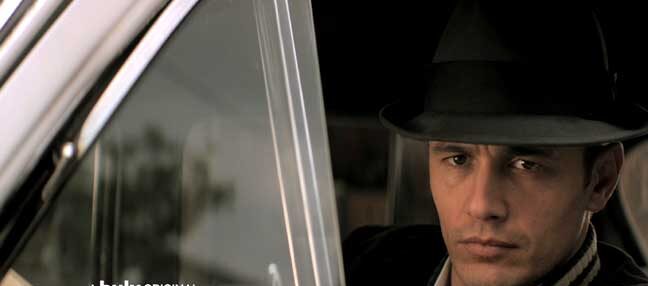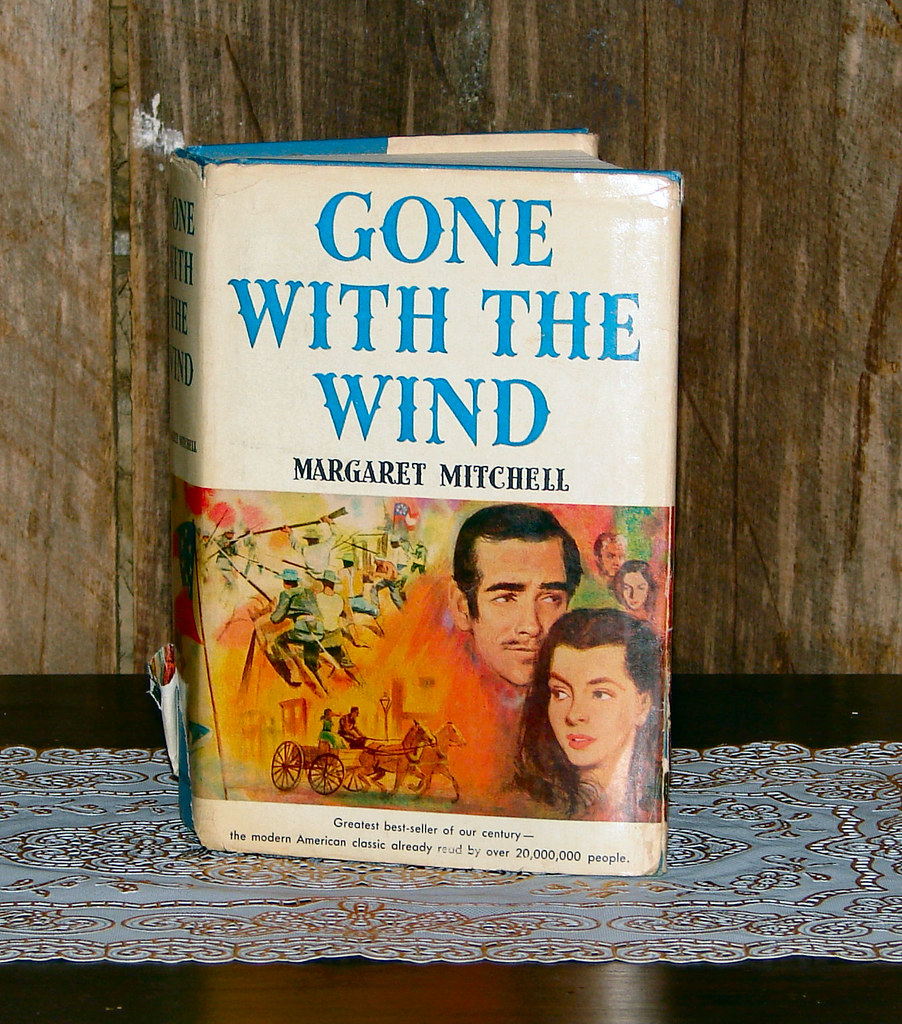A Strange Yet Compelling Tale
“Christine” is one of those stories that could only come from the mind of Stephen King—a tale that is both bizarre and strangely captivating. At its core, the novel is about a car possessed by a malevolent force, a concept that might seem outlandish or even absurd. Yet, in King’s hands, this unconventional premise is transformed into a thrilling and eerie narrative that keeps you hooked from start to finish.
From the very beginning, King manages to draw readers into the world of Arnie Cunningham, an awkward teenager who becomes obsessed with a dilapidated 1958 Plymouth Fury. What could easily have been a simple story of a boy and his car quickly escalates into something far more sinister, as Christine, the car, begins to exert a terrifying influence over Arnie. King’s skill lies in his ability to make the extraordinary feel unsettlingly real, weaving together elements of horror, suspense, and psychological drama in a way that feels both seamless and engaging.
Despite the odd premise, “Christine” is a testament to King’s mastery of the genre, where he takes what might seem illogical or fantastical and infuses it with genuine tension and excitement. The novel’s blend of weirdness and thrills is what makes it such a compelling read, one that leaves a lasting impression long after the final page is turned.
The Power of Vivid Descriptions
One of Stephen King’s greatest strengths as a writer is his ability to paint vivid, almost cinematic pictures with his words, and “Christine” is no exception. The novel is filled with detailed descriptions that bring both the car and the characters to life in a way that’s both eerie and captivating. King doesn’t just tell you about the changes happening to Arnie Cunningham and Christine; he shows you, in meticulous detail, how the ordinary gradually morphs into something terrifying.
King’s descriptions of Christine’s transformation from a rusted, broken-down relic to a gleaming, malevolent machine are particularly striking. The way he describes the car’s physical changes—its chrome shining brightly again, its paint job restoring itself as if by magic—creates a sense of dread that builds with each passing page. These details are not just about the car’s appearance; they symbolize the dark power that Christine wields, a force that seems capable of bending reality itself.
Similarly, King’s portrayal of Arnie’s transformation is equally powerful. He starts as a typical, if socially awkward, teenager, but as Christine takes hold of him, King meticulously describes the subtle shifts in his behavior and appearance. Arnie’s growing obsession with the car is mirrored in the way he begins to change—his posture becomes more confident, his mannerisms more aggressive, and his once acne-covered face clears up as he becomes more entwined with Christine. These changes are depicted so vividly that they feel almost palpable, making the reader acutely aware of the growing evil that is consuming him.
King’s descriptive prowess shines in key moments, such as when Christine exacts revenge on those who have wronged her. The scenes of violence and retribution are written with such intensity that they become seared into the reader’s mind, turning what might have been ordinary sequences into something unforgettable. It’s this ability to turn the mundane into the menacing that makes “Christine” a truly gripping tale.
Character Transformation: From Innocence to Evil
Arnie Cunningham’s journey from innocence to evil is at the heart of “Christine,” and Stephen King masterfully captures this transformation in a way that feels both tragic and terrifying. At the start of the novel, Arnie is the quintessential underdog—a socially awkward, acne-ridden teenager who is bullied at school and struggles to find his place in the world. His discovery of Christine, a seemingly ordinary old car, marks the beginning of a transformation that will change him in ways he could never have imagined.
King uses the relationship between Arnie and Christine as a powerful symbol of corruption and control. As Arnie invests more time and energy into restoring the car, he begins to change, both physically and mentally. What starts as a simple act of repair quickly spirals into an obsession, and King expertly depicts the subtle shifts in Arnie’s personality. He becomes more confident, but this newfound confidence comes with a darker edge. His once-timid demeanor gives way to aggression, and his relationships with those around him—especially his best friend Dennis and girlfriend Leigh—begin to deteriorate.
The transformation is not just psychological but physical as well. King’s descriptions of Arnie’s changing appearance—his acne clearing up, his posture becoming more assured—mirror the sinister influence that Christine exerts over him. As the car restores itself to its former glory, so too does Arnie, but at a cost. The once-innocent teenager becomes a vessel for Christine’s malevolence, his humanity slowly eroding as the car’s power over him grows.
King’s portrayal of this transformation is both chilling and heartbreaking. Arnie’s descent into darkness is gradual, almost imperceptible at first, but by the time the full extent of his corruption is revealed, it’s clear that he is no longer the boy he once was. The relationship between Arnie and Christine serves as a cautionary tale about the dangers of obsession and the loss of self, making his character arc one of the most compelling aspects of the novel.
The Weird Concept That Works
The premise of “Christine” is undeniably odd—a car possessed by a malevolent force that influences its owner to commit dark deeds. On the surface, this concept seems like it could easily veer into the realm of the ridiculous or far-fetched. However, Stephen King’s genius lies in his ability to take such an unconventional idea and turn it into a thrilling and genuinely unsettling story. King has a knack for making the strange feel not just plausible, but deeply engaging, and “Christine” is a prime example of this talent.
King’s skillful execution transforms what could have been a simple tale of supernatural horror into something much more complex and layered. He does this by focusing on the details—both of the car’s transformation and Arnie’s descent into obsession. King turns what might seem like mundane or even illogical moments into scenes filled with tension and dread. Whether it’s the eerie way Christine repairs herself or the chilling interactions between Arnie and those who come into contact with the car, King ensures that every moment is charged with a sense of impending doom.
What makes the weirdness of “Christine” work is that King grounds it in relatable emotions and experiences—obsession, the desire for control, and the fear of losing oneself. By doing so, he makes the story not just about a haunted car, but about the darker aspects of human nature. It’s this blend of the strange and the familiar that makes “Christine” a compelling read, despite its seemingly bizarre premise.
The Art of Masking Flaws
While “Christine” is a gripping and well-crafted novel, it’s not without its flaws. There are moments where the story’s logic stretches thin, and certain elements might seem less believable when scrutinized closely. However, Stephen King’s mastery as a storyteller lies in his ability to expertly mask these shortcomings through his vivid and engaging writing. King knows how to draw readers into the world he creates so completely that they become willing to overlook any inconsistencies or gaps in the narrative.
One of the ways King achieves this is by crafting passages that are so rich in detail and atmosphere that they overshadow any potential flaws. For instance, the scenes where Christine exacts revenge on those who have wronged her are written with such intensity and vividness that they become unforgettable, making it easy to gloss over any logical discrepancies. King’s skill in building suspense and creating memorable characters further helps to distract from any narrative weaknesses.
The result is a novel where the flaws are there, but they’re like a potent solvent—difficult to pinpoint and overshadowed by the overall strength of the storytelling. King’s ability to keep readers so engrossed in the moment is what makes “Christine” such an enjoyable and immersive experience, even when it’s not entirely perfect.
A Recommendation for the Bold Reader
“Christine” is a novel that isn’t for everyone, but for those who are willing to embrace its quirks and dive into its unique premise, it offers a truly thrilling experience. This book is perfect for readers who enjoy stories that step outside the conventional and aren’t afraid to explore the weird and the unexpected. If you appreciate vivid descriptions, psychological tension, and a plot that keeps you on edge, then “Christine” is definitely worth your time.
While the book has its flaws, the overall experience is one of excitement and engagement, driven by Stephen King’s ability to turn the unusual into something gripping. It’s a novel that rewards readers who are looking for something different, something that challenges the norm while delivering a story that’s both entertaining and thought-provoking. If you’re up for a ride that’s anything but ordinary, “Christine” is a journey you won’t want to miss.
Final Thoughts: A Weird and Wonderful Ride
“Christine” stands out as a testament to Stephen King’s ability to take an unusual concept and turn it into a compelling, thrilling read. Despite its flaws, the novel succeeds in drawing readers into its strange world, thanks to King’s masterful storytelling and vivid descriptions. It’s a book that leaves a lasting impression, not just because of its bizarre premise, but because of the way King weaves together horror, suspense, and psychological drama. For those willing to embrace its weirdness, “Christine” offers a unique and unforgettable reading experience that showcases King’s skill as one of the great storytellers of our time.



